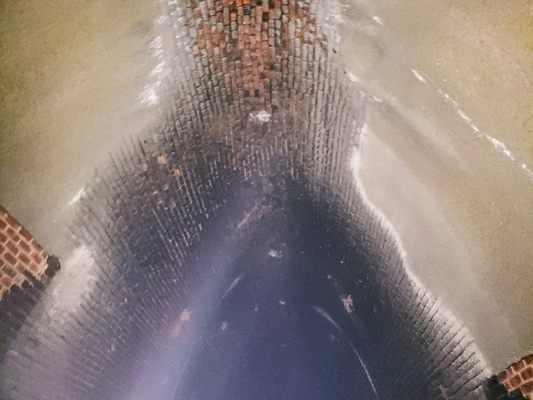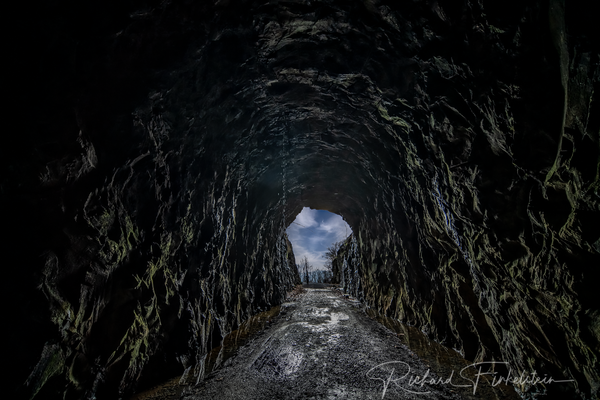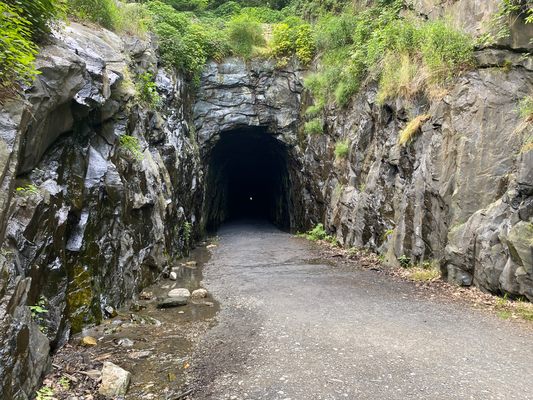About
In the mid-19th century, the Virginia Central Railway wanted to connect to the Shenandoah Valley. To do that, they needed to build a rail line across the Blue Ridge Mountains. To do THAT, they needed to employ the services of civil engineer Claudius Crozet.
Born in France, Crozet had been an engineer in Napoleon’s army before immigrating to the United States post-Waterloo, where he become Chief Engineer for the Virginia Board of Public Works. In 1849, he was hired as the chief engineer on the Blue Ridge Mountain railroad project and tasked with establishing a rail crossing through the mountains. His plan for achieving this involved building four tunnels, with the last of the four being the longest and most challenging by far.
The Blue Ridge Tunnel, as it was originally called, measures 4,273 feet (1,302 meters) and, at the time of its completion in 1858, was the longest tunnel in the United States and one of the longest in the world. Work on the tunnel began in 1850, with crews of Irish immigrants and slaves digging from both ends with the aim of meeting in the middle. As the project predated dynamite, the work was done with hand tools and black powder, making it exceedingly slow and dangerous; the average pace of progress was one foot per side per day. It’s pretty amazing, then, that when the two sides finally met in the belly of Afton Mountain on Christmas Day in 1856, they were a mere six inches off perfect alignment.
This Blue Ridge Tunnel was used until 1944, when it was replaced by an adjacent parallel tunnel that was able to accommodate larger freight trains. As this new tunnel became known as the Blue Ridge Tunnel, the original was renamed the Crozet Tunnel in honor of the great engineer.
The Crozet Tunnel was designated an Historic Civil Engineering Landmark by the American Society of Civil Engineers in 1976. It is remarkable not only for its length, the hardness of the rock through which the structure was hand dug, or the unique partial ellipse shape of the tunnel that allowed greater freight clearance for less material removed, but also for novel drainage and ventilation techniques employed by Crozet during the tunnel’s construction.
The Crozet Tunnel is currently undergoing renovations, to be reopened as a trail through the mountain for hikers and cyclists that will connect with other nearby recreational areas. The first phase of this project will establish trailheads on both sides of the tunnel, and it is hoped that a second phase will remove the concrete bulkheads constructed in the middle of the tunnel — as part of a scheme to store natural gas which never panned out — which currently prevent passthrough. During this period of construction, visitors are cautioned that there is no public access to either portal, and trespassers are subject to prosecution.
Update as of November 2020: The tunnel is now open.
Related Tags
Know Before You Go
http://www.realcrozetva.com/2009/06/26/how-do-you-get-to-the-blue-ridge-tunnel/
Community Contributors
Added By
Published
February 25, 2016

































































































